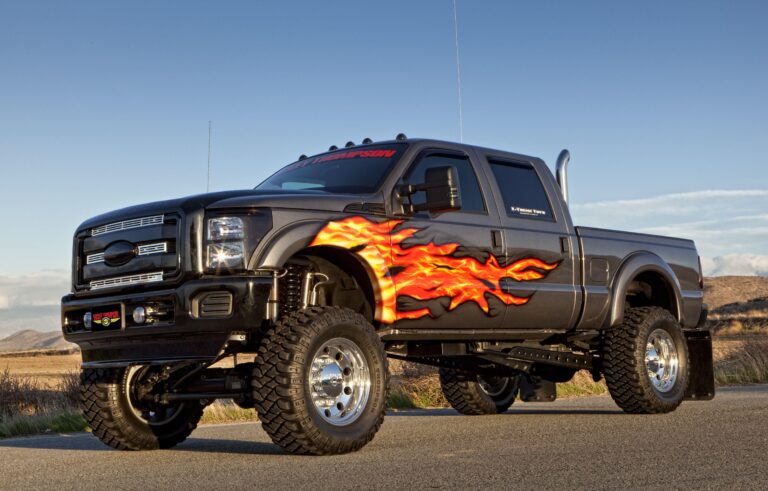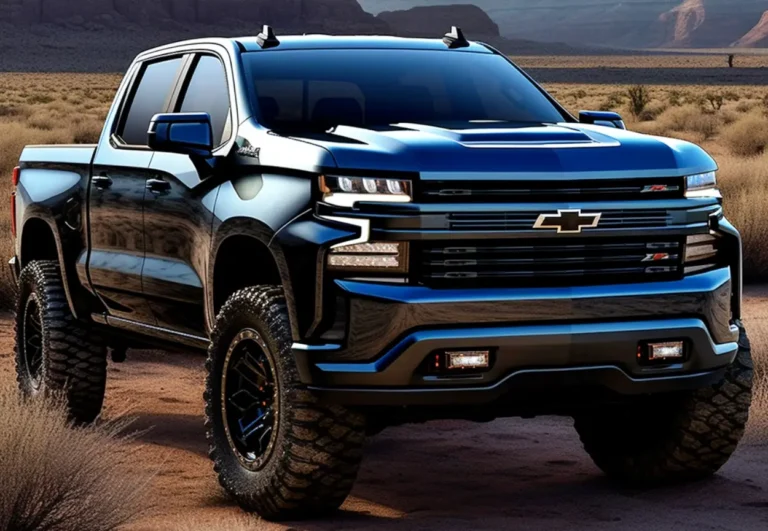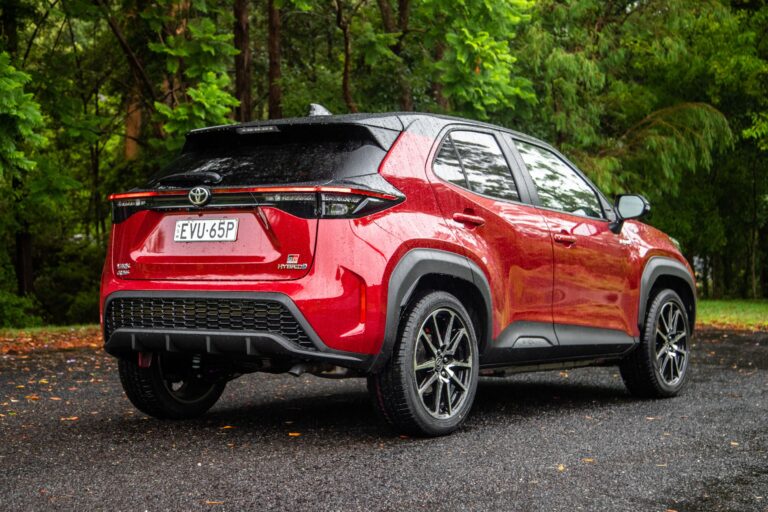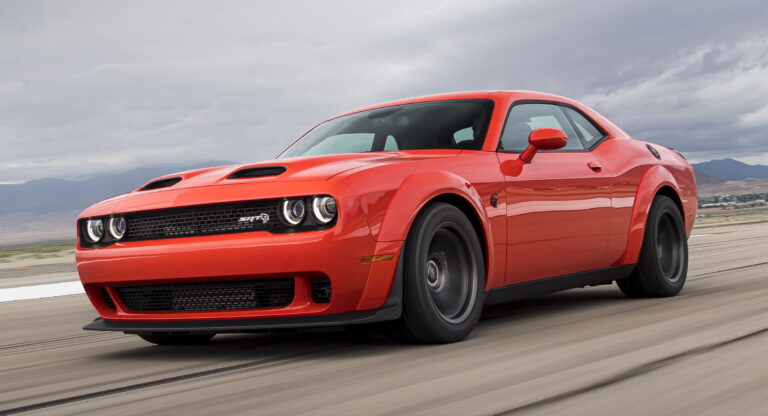Semi Truck Interior Layout: A Comprehensive Guide to Life on the Road
Semi Truck Interior Layout: A Comprehensive Guide to Life on the Road cars.truckstrend.com
The open road calls to many, but for professional semi-truck drivers, their vehicle isn’t just a mode of transport; it’s their home, office, and sanctuary for weeks or even months on end. The interior layout of a semi-truck is, therefore, far more than a mere arrangement of seats and a dashboard. It is a meticulously designed space that directly impacts a driver’s comfort, safety, productivity, and overall well-being. From the ergonomic design of the cockpit to the cozy confines of the sleeper berth, every inch of a modern semi-truck interior is optimized to make life on the road as livable and efficient as possible. Understanding the intricacies of semi-truck interior layout is crucial for drivers, fleet managers, and anyone interested in the demanding yet rewarding world of long-haul trucking.
The Evolution of the Truck Cab: From Basic to Bespoke
Semi Truck Interior Layout: A Comprehensive Guide to Life on the Road
Historically, semi-truck cabs were Spartan affairs – a seat, a steering wheel, and basic controls. Drivers often relied on roadside motels or rudimentary bunks for rest. However, as the trucking industry evolved, so did the understanding of driver needs. The increasing demands of long-haul routes, coupled with a growing awareness of driver fatigue and retention issues, spurred significant innovations in cab design. What began as a simple sleeping area behind the seats has transformed into sophisticated living spaces, often equipped with amenities rivalling small apartments. This evolution has been driven by a confluence of factors: stricter Hours of Service (HOS) regulations requiring adequate rest, the need to attract and retain skilled drivers in a competitive market, and advancements in materials and technology that allow for more efficient and comfortable designs within the confines of a truck.
Core Components of a Modern Semi Truck Interior
A contemporary semi-truck interior is a marvel of space utilization and multi-functionality. While specific layouts vary by manufacturer and model, several core components are universally present:
The Driver’s Cockpit: Command Center and Control Hub
This is where the magic happens – the nerve center of the truck.
- Ergonomics: Designed to reduce driver fatigue, the cockpit features adjustable air-ride seats with lumbar support, allowing drivers to maintain a comfortable posture for extended periods. Controls for the dashboard, climate, and infotainment are intuitively placed within easy reach.
- Dashboard and Instrumentation: Modern dashboards are digital, providing critical information like speed, RPMs, fuel levels, and diagnostic data at a glance. Touchscreens often integrate navigation, multimedia, and communication systems.
- Visibility: Large windshields, expansive side mirrors (often heated and power-adjustable), and sophisticated camera systems (e.g., blind-spot monitoring) are crucial for safe operation.

Sleeping Quarters: The Essential Rest Stop
For many drivers, the sleeper cab is their primary bedroom.
- Bed Types: Configurations range from single bunks to double bunks, with some premium models offering convertible dinettes that transform into additional sleeping space. Mattress quality is paramount, with many drivers opting for aftermarket memory foam or innerspring mattresses for superior comfort.
- Privacy: Curtains or blinds separate the sleeping area from the cockpit, providing essential privacy and light control.
- Storage: Integrated cabinets, overhead compartments, and under-bunk storage are vital for personal belongings, clothing, and bedding. Some designs include wardrobe closets.
Living and Dining Area: Home Away From Home
Beyond just sleeping, modern trucks often feature dedicated spaces for daily living.
- Table and Seating: Many sleepers include a fold-out table or a dedicated dinette set, perfect for meals, paperwork, or using a laptop.
- Kitchenette Amenities: Refrigerators (often large enough for a week’s worth of groceries), microwaves, and even small induction cooktops are common, allowing drivers to prepare healthier and more cost-effective meals than relying solely on truck stops.
- Pantry Space: Dedicated areas for non-perishable food items further enhance self-sufficiency.
Storage Solutions: Maximizing Every Inch
Given the limited space, intelligent storage is critical.
- Integrated Compartments: Beyond the sleeping area, storage is built into walls, under seats, and within custom cabinetry.
- External Lockers: Many trucks feature external storage lockers accessible from both inside and outside the cab, ideal for tools, safety gear, and larger items.
Climate Control and Ventilation: Maintaining Comfort
Regulating the interior environment is key to comfort and health.
- HVAC Systems: Robust heating, ventilation, and air conditioning systems are standard.
- Auxiliary Power Units (APUs): These independent units allow drivers to run HVAC, lights, and appliances without idling the main engine, saving fuel and reducing wear and tear.
- Ventilation: Rooftop vents, power windows, and efficient air circulation systems prevent stuffiness and manage humidity.
Key Considerations in Interior Layout Design
Designing a semi-truck interior involves a delicate balance of competing priorities:
- Ergonomics: Beyond just the driver’s seat, the entire layout must promote ease of movement and access to amenities, minimizing strain and fatigue over long periods.
- Space Optimization: Every cubic foot must serve a purpose. Designers use multi-functional furniture, clever storage solutions, and compact appliances to maximize usable space in a confined environment.
- Functionality: The layout must support diverse activities – driving, sleeping, eating, working, and relaxing – often within the same compact area.
- Comfort & Livability: Features like sound insulation, quality lighting (including ambient and task lighting), and durable yet pleasant materials contribute to a more comfortable and less stressful living environment.
- Safety Features: Emergency exits, securely latched cabinets (to prevent contents from spilling during movement), non-slip flooring, and accessible safety equipment are paramount.
Customization and Personalization
While manufacturers offer various trim levels and optional packages, many drivers choose to customize their truck interiors further. This personalization isn’t just about aesthetics; it’s about making the truck truly feel like home and optimizing it for individual needs and preferences.
- Upgraded Seating: Many drivers invest in aftermarket seats that offer superior adjustability, massage functions, or heating/cooling.
- Custom Cabinetry: Built-in shelving, drawers, and even full kitchenettes can be added for enhanced storage and functionality.
- Entertainment Systems: Larger TVs, gaming consoles, and premium sound systems are common upgrades.
- Advanced Electronics: Inverters for household appliances, solar panels for auxiliary power, and enhanced communication systems (e.g., satellite internet) are popular.
- Decor: Personal touches like bedding, curtains, rugs, and photos help create a familiar and comforting atmosphere.
Customization can range from DIY projects to professional installations, depending on the complexity and desired outcome. While DIY offers cost savings, professional services ensure safety, proper integration, and often higher quality finishes.
Technology Integration in the Modern Cab
Technology plays an increasingly vital role in semi-truck interior layouts, enhancing both functionality and safety.
- Infotainment Systems: Integrated touchscreens provide navigation, media playback, Bluetooth connectivity, and often access to truck-specific apps (e.g., weigh station alerts, parking availability).
- Telematics and Fleet Management: These systems track vehicle performance, driver behavior, and HOS, providing valuable data for both drivers and fleet managers. They are often integrated directly into the cab’s dashboard.
- Advanced Driver-Assistance Systems (ADAS): Features like lane-keeping assist, adaptive cruise control, automatic emergency braking, and blind-spot monitoring are becoming standard, providing alerts and even intervening to prevent accidents.
- Connectivity: Multiple USB charging ports, 12V outlets, and Wi-Fi hotspots are essential for powering devices and staying connected.
- Smart Home Integration: While nascent, some premium trucks are beginning to incorporate voice-activated controls for lighting, climate, and entertainment, mirroring smart home trends.
Challenges and Solutions in Interior Design
Despite advancements, designing and living in a semi-truck interior presents unique challenges:
- Limited Space: The most obvious challenge. Solutions involve multi-functional furniture, vertical storage, and compact appliances.
- Wear and Tear: Constant use, vibrations, and temperature fluctuations demand durable materials. Solutions include high-quality, automotive-grade fabrics, robust hardware, and resilient flooring.
- Power Consumption: Running appliances off the truck’s battery without idling requires efficient power management. APUs, inverters, and energy-efficient appliances are common solutions.
- Noise and Vibration: Road noise, engine hum, and vibrations can be fatiguing. Enhanced insulation, anti-vibration mounts for appliances, and sound-dampening materials help mitigate this.
- Temperature Extremes: Maintaining a comfortable temperature in extreme heat or cold is vital. High-performance HVAC systems, excellent insulation, and auxiliary heaters/coolers provide solutions.
Practical Advice and Actionable Insights
For drivers and those considering a career in trucking, here’s some practical advice regarding semi-truck interior layout:
- Prioritize Comfort and Ergonomics: Invest in an adjustable, supportive seat. Ensure controls are within easy reach. Your body will thank you after thousands of miles.
- Invest in Quality Sleep Amenities: A good mattress is non-negotiable. Quality bedding, blackout curtains, and a quiet environment are crucial for restorative sleep.
- Maximize Storage Intelligently: Use organizers, stackable containers, and utilize every nook and cranny. Keep essential items easily accessible.
- Consider Power Needs: Determine what electronics and appliances you’ll need and ensure your truck’s power system (or an APU/inverter setup) can support them.
- Maintain Cleanliness and Organization: A clean, organized space reduces stress and makes finding items easier. Regular cleaning and decluttering are essential.
- Personalize for Well-being: Add touches that make the space feel like your own – photos, a favorite mug, or a comfortable blanket. This can significantly boost morale on long hauls.
Conclusion
The semi-truck interior layout is a testament to ingenious design, evolving from a simple functional space to a sophisticated mobile living and working environment. It is the core of a driver’s daily life, directly influencing their comfort, safety, and productivity. As technology advances and the industry continues to prioritize driver well-being, we can expect even more innovative solutions to emerge, making life on the road more efficient, comfortable, and sustainable. For those who navigate the nation’s highways, their truck’s interior is more than just a cab; it is their sanctuary, their office, and their home.
Semi Truck Interior Layout – Estimated Costs for Components & Upgrades
It’s important to note that "Semi Truck Interior Layout" itself isn’t a single purchasable item with a price. Instead, costs are associated with the truck’s base configuration and various upgrades or custom modifications that define its layout and amenities. Prices are estimates and can vary widely based on brand, quality, installation complexity, and regional market.
| Component/Upgrade Category | Description | Estimated Cost Range (USD) | Notes |
|---|---|---|---|
| Base Sleeper Cab (New Truck) | Standard factory-installed sleeper (mid-roof, basic amenities) | Included in Truck Price | A new semi-truck can range from $120,000 to $200,000+, with the sleeper configuration being a primary cost factor. |
| Premium Sleeper Cab (New Truck) | High-roof, larger sleeper with enhanced factory amenities (e.g., fridge, microwave prep) | +$10,000 – $30,000+ | Upgrade from a basic day cab or mid-roof sleeper. |
| Aftermarket Mattress | High-quality memory foam or innerspring mattress (OEM replacement) | $300 – $1,000 | Significant upgrade over standard factory mattresses for better sleep. |
| Auxiliary Power Unit (APU) | Independent unit for HVAC, power without idling main engine | $8,000 – $15,000+ | Crucial for comfort, fuel savings, and compliance with anti-idling laws. Installation included. |
| Truck Refrigerator | Compact 12V or 120V fridge/freezer for food storage | $300 – $1,500 | Essential for healthy eating on the road. Installation can add cost. |
| Microwave Oven | Compact, truck-specific or standard home unit (requires inverter) | $100 – $300 | For quick meals. Often requires an inverter if not built-in. |
| Power Inverter | Converts 12V DC to 120V AC for household appliances | $200 – $1,500+ | Higher wattage inverters cost more. Installation can add $100-$500. |
| Custom Cabinetry/Storage | Bespoke shelving, drawers, or closet units | $1,000 – $5,000+ | Varies greatly based on materials, complexity, and professional labor. |
| Entertainment System | Flat-screen TV, DVD player, gaming console, sound system | $500 – $2,500+ | Installation costs can be significant for integrated systems. |
| Aftermarket Driver Seat | Premium air-ride seat with heating/cooling, massage, lumbar support | $1,000 – $3,000+ | Major upgrade for driver comfort and fatigue reduction. |
| Interior Lighting Upgrades | LED strip lights, custom fixtures, accent lighting | $100 – $500+ | Enhances ambiance and functionality. |
| Flooring/Carpet Replacement | Durable, easy-to-clean vinyl, rubber, or custom carpeting | $200 – $800+ | Improves aesthetics and hygiene. |
| Privacy Curtains/Blinds | Custom-fit, blackout curtains or window blinds | $100 – $500 | Essential for privacy and light control in the sleeper. |
Frequently Asked Questions (FAQ) about Semi Truck Interior Layout
Q1: What is the average size of a semi-truck sleeper cab?
A1: Sleeper cabs vary significantly. They can range from 36-inch "short" sleepers to 80-inch or even 100-inch "long" or "custom" sleepers. The most common sizes for over-the-road trucks are 48-inch, 60-inch, and 72-inch, referring to the length of the sleeper behind the driver’s seat.
Q2: Can I customize my truck’s interior after purchasing it?
A2: Absolutely! Many drivers extensively customize their truck interiors. This can range from simple upgrades like a new mattress or curtains to complex installations like custom cabinetry, advanced entertainment systems, or auxiliary power units (APUs). You can do it yourself or hire professional truck outfitters.
Q3: What are APUs and why are they important for semi-truck interior layout?
A3: APU stands for Auxiliary Power Unit. It’s a small, independent engine that powers the truck’s HVAC (heating, ventilation, air conditioning), lights, and appliances when the main engine is off. APUs are crucial because they allow drivers to maintain a comfortable cabin temperature and power electronics without idling the main engine, saving fuel, reducing emissions, and complying with anti-idling regulations.
Q4: How do I keep my truck interior clean and organized?
A4: Regular cleaning is key. Use a portable vacuum, keep cleaning wipes handy, and empty trash frequently. For organization, utilize storage bins, drawer organizers, and overhead compartments. Designate specific places for all your items to maintain order in the confined space.
Q5: What are some must-have items for a comfortable semi-truck interior?
A5: Beyond the truck itself, essential items often include a high-quality mattress, a reliable refrigerator/cooler, a power inverter for AC appliances, a good coffee maker, a small microwave, comfortable bedding, and a personal entertainment device (like a tablet or small TV). A strong mobile hotspot for internet access is also highly recommended.





